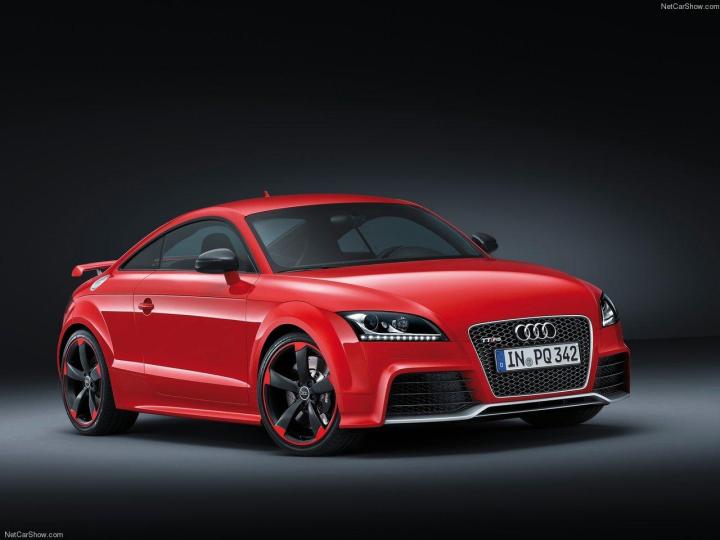
Fans of the U.S. model that was first introduced in 2012 will recall that the TT RS was actually a manual-only vehicle, while European buyers had the option of a seven-speed, dual-clutch transmission. Therefore the move to ditch the manual transmission completely seems drastic, but unfortunately in line with other mid to high-range performance manufacturers. Just recently, BMW’s M division announced that the days of manual-equipped M cars were numbered, and row-your-own gears icons like the Porsche 911 GT3 RS are now automatic-only affairs.
The argument for dual-clutch or other automatic transmissions at this stage is that their ease of use and efficiency working through gears is far superior to manual transmissions, though enthusiasts, myself included, still bemoan the loss of sports car options where driver engagement is valued more than convenience or lap times.
The 2017 TT RS will adopt Volkswagen’s DQ500 seven-speed dual clutch transmission that is currently available on the European-only RS3 Sportback which should ship to the U.S. next year as a sedan.
The 2012 model made 360 horsepower and 343 pound-feet of torque from a turbocharged 2.5-liter, five-cylinder motor (one of the few vehicles to still use a five-cylinder) and it appears the engine will receive several tweaks to bump power to around 400 horses for the 2017 model.
When the sports car debuts in America, it will rival the Porsche Cayman, Chevrolet Corvette, and Lotus Evora — a group of vehicles that each still offer manual transmission versions.
Editors' Recommendations
- 2020 Audi E-Tron Sportback, RS Q8 confirmed for 2019 LA Auto Show
- The 2020 Audi RS Q3 is a souped-up SUV you’ll have to admire from afar


